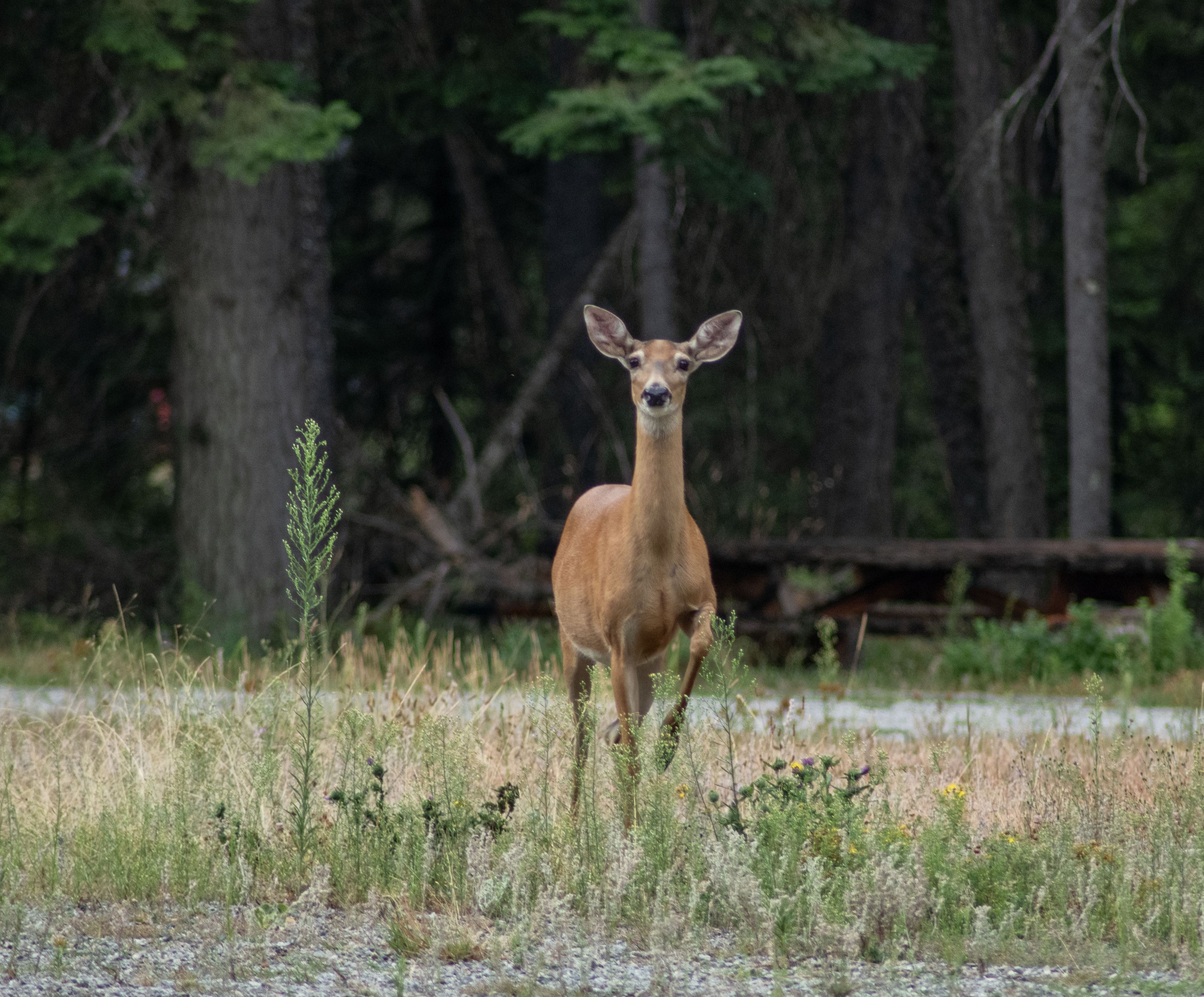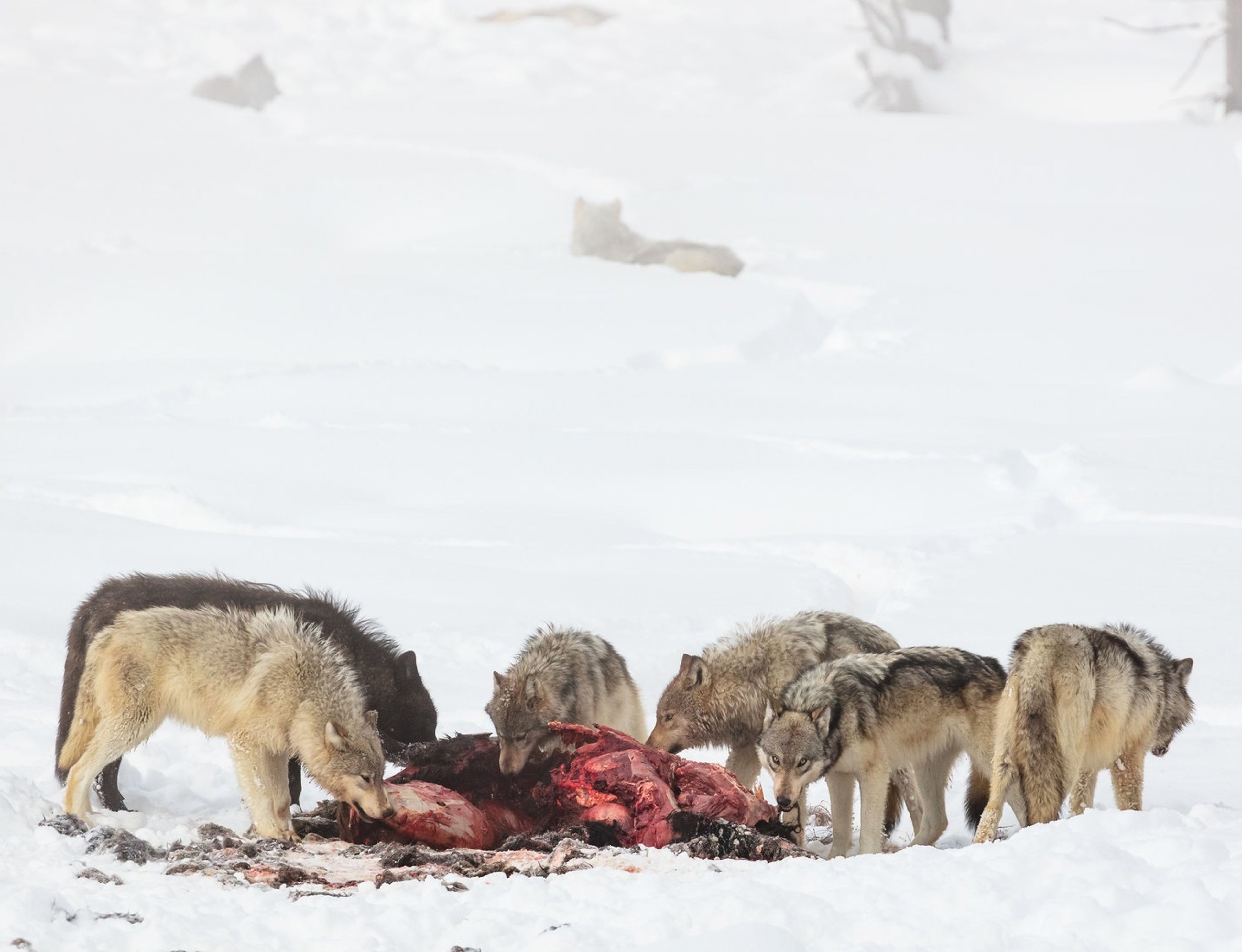Pullman lab that tests for CWD preps for busy fall
Washington Animal Disease Diagnostic Laboratory orders new equipment to increase its testing capacity for chronic wasting disease
The lab that handles chronic wasting disease testing for Washington is preparing for a busy fall.
The Washington Animal Disease Diagnostic Laboratory in Pullman has ordered new equipment to increase its testing capacity and is making changes it hopes will speed the turnaround time for CWD testing.
Korakrit Poonsuk, the head of immunodiagnostics at the lab, said more staffers are being trained to work with CWD samples and, for the first time, the lab’s student workers will get to take part in running the tests. They are also working closely with the Washington Department of Fish and Wildlife to allow samples to come in smaller batches.
The upgrades come as the lab prepares to handle higher sample volumes in the wake of the confirmation of Washington’s first case of the always-fatal disease affecting elk, moose and deer.
They also come as hunters begin venturing into the field — the early archery season opened in eastern Washington on Sunday.
Poonsuk said the lab has seen an increase in samples coming in, and he expects the number will just keep growing as hunting seasons rumble on.
“We expect we’re going to receive more and more from now on,” Poonsuk said.
The lab is one of 31 in the U.S. that has approval for CWD testing, and it’s been running the tests for years. It’s the primary lab for CWD testing for the state of California and several tribal organizations, in addition to Washington.
Fish and Wildlife’s announcement in early August that CWD had been confirmed in a whitetail deer in north Spokane made Washington the 35th state to confirm the disease.
Following the detection, the agency drafted emergency rules in an attempt to stem the spread. Among them is a testing requirement for all hunter-killed deer and elk in three hunting districts around Spokane — units 124, 127 and 130.
Mandatory testing is meant to help biologists understand the scope of the outbreak. It is also sure to significantly boost the number of samples coming into the lab.
Test samples consist of lymph nodes or brain tissue from dead deer and elk, and the lab runs two kinds of tests. One is an initial screening, and the other is a confirmatory test for any sample that turns up positive during the first test.
For a one-year period that ended in June, the lab ran 766 CWD tests on samples submitted from Washington, all turning up negative.
The one that tested positive arrived in a batch of 23 that the wildlife agency sent over in July.
It had also been sitting around for a while. Agency officials have said since the detection that the deer had been found dead in the Fairwood area in February, and that the sample wasn’t submitted to the lab for several months because the lab prefers to do the tests in batches of 90.
Poonsuk said that’s because the initial screening test can be done with 90 samples at a time, and that the most efficient use of the system is to have each slot filled.
Because of the outbreak, however, he said the lab is working with the agency to ensure that the state can submit batches of samples in whatever number they like.
He added that the lab’s five technicians and four student workers have all been trained to work with CWD samples, and that they have reconfigured some internal reporting processes, hoping to improve testing turnaround times.
That’s something that will be important for biologists and hunters who submit samples and want to know their results.
While CWD is not known to infect people, health officials advise against eating meat from infected animals.
Spokesperson Staci Lehman, said the agency is telling hunters to expect results in four to six weeks. Lehman added that the agency has been working to get the word out about its new rules and how to ensure hunters know how to get their CWD samples submitted.
The agency has a number of check stations and self-service kiosks where samples can be gathered.
A video posted on YouTube offers instructions on using the self-service kiosks. A digital map on the department’s website offers the locations of the kiosks and hunter check stations.
The map also includes the locations of landfills that will accept deer carcasses.
Transport restrictions are in place that prohibit hunters from moving anything but deboned deer meat from eastern Washington to other parts of the state. Moving carcasses could lead to the spread of CWD.









